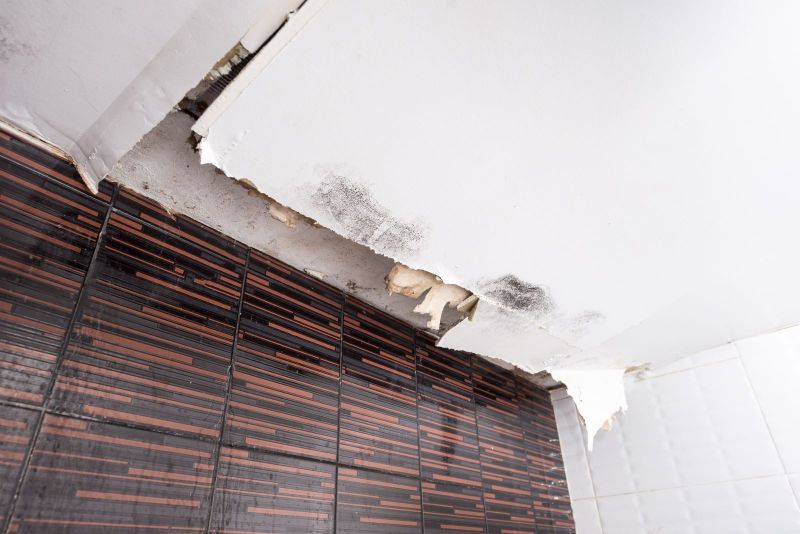Mold damage is a significant concern for homeowners and property managers. Not only can it cause aesthetic issues, but it also poses serious health risks. Mold thrives in damp environments and can spread rapidly, compromising the structural integrity of buildings and negatively impacting indoor air quality. In this article, we will explore the dangers of mold damage and emphasize the importance of immediate restoration to mitigate its harmful effects.
Health Risks
Exposure to mold can have severe health consequences, particularly for individuals with allergies, asthma, or weakened immune systems. The spores released by mold colonies can trigger allergic reactions, including sneezing, coughing, watery eyes, and skin irritation. Prolonged exposure may lead to more severe respiratory issues, such as asthma attacks and chronic sinusitis.
Furthermore, some types of mold produce mycotoxins, toxic substances that can cause a range of health problems when inhaled or ingested. These mycotoxins have been associated with neurological issues, respiratory disorders, and even certain types of cancer. Therefore, it is crucial to address mold damage promptly to safeguard the health of occupants and prevent the escalation of health risks.
Structural Damage
Aside from health concerns, mold can wreak havoc on the structural integrity of a building. Mold thrives in moist environments, and if left unchecked, it can penetrate porous materials such as wood, drywall, and insulation. Over time, this can weaken these materials, leading to structural damage that requires costly repairs.
For example, prolonged exposure to mold can cause wooden structures to rot and decay, compromising their load-bearing capacity. Additionally, mold growth within walls can weaken them and result in sagging or bulging. Such structural damage not only poses safety risks but also diminishes the value of the property.
Indoor Air Quality
Indoor air quality is a crucial aspect of maintaining a healthy living or working environment. However, mold growth can significantly compromise air quality. Mold spores easily become airborne and circulate throughout the building, leading to increased levels of indoor air pollution.
Inhaling mold spores can irritate the respiratory system and exacerbate existing conditions such as asthma and allergies. Moreover, the musty odor associated with mold growth can permeate the entire space, making it unpleasant and potentially affecting the overall comfort of the occupants.
Preventing Mold Damage
The best way to combat mold damage is through immediate restoration and prevention measures. Here are some essential steps to consider:
Moisture control: Mold thrives in damp environments, so it's crucial to address any moisture issues promptly. Fix leaks, repair damaged roofs, and ensure proper ventilation in areas prone to moisture accumulation, such as bathrooms and basements.
Regular inspections: Conduct routine inspections to identify and address any signs of water damage or mold growth. Early detection allows for timely intervention and prevents further spreading.
Proper ventilation: Ensure proper airflow and ventilation in all areas of the building. Use dehumidifiers in spaces with high humidity levels, and regularly clean and maintain HVAC systems to prevent mold growth within the ductwork.
Prompt restoration: If mold damage is discovered, it is essential to initiate restoration procedures promptly. Engage the services of a professional mold remediation company to assess the extent of the damage and implement effective remediation techniques.
Mold damage is a serious concern that can lead to health risks, structural damage, and compromised indoor air quality. Immediate restoration is crucial to mitigate these dangers effectively. By addressing moisture issues, conducting regular inspections, promoting proper ventilation, and promptly initiating restoration procedures, the harmful effects of mold can be minimized. Prioritizing mold damage restoration not only protects the health and well-being of occupants but also preserves the structural integrity and value of the property.

